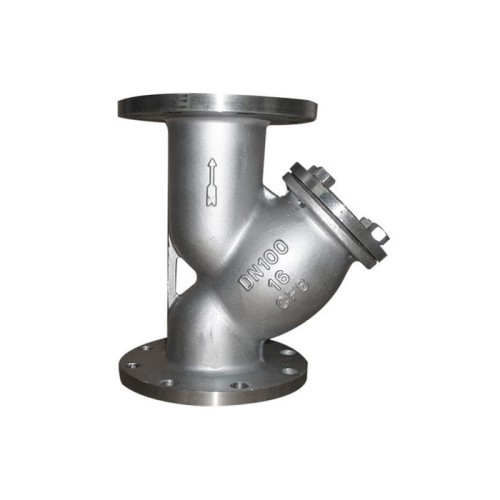blank flange plate
Understanding Blank Flange Plates Their Importance and Applications
Blank flange plates are essential components in various industries, serving as effective solutions for creating a secure and leak-proof seal in piping systems. These versatile plates have gained significant popularity due to their simplicity and functionality, playing a pivotal role in fluid and gas transportation.
What is a Blank Flange Plate?
A blank flange plate, also known as a blind flange, is a type of flange that does not have a central opening. Instead of allowing fluid to flow through, these flanges are used to seal the end of a piping system or a vessel. They are designed to provide an easy and secure way to close off an area of the pipeline without the need for elaborate fittings or welding.
Materials Used for Blank Flange Plates
Blank flange plates are available in a variety of materials to suit different application requirements. Common materials include carbon steel, stainless steel, aluminum, and other alloys. The choice of material often depends on factors such as the type of fluids being handled, temperature ranges, and resistance to corrosion. Stainless steel, for example, is favored in applications involving corrosive substances due to its durability and resistance to rust.
Design and Standards
Blank flange plates come in various standards and designs to ensure compatibility with existing piping systems. Common standards include ANSI/ASME, DIN, and JIS, each detailing specifications for dimensions, tolerances, and materials. The design of these flanges can vary from simple round shapes to more complex configurations, depending on the requirements of the specific installation.
Applications of Blank Flange Plates
The applications of blank flange plates are vast and varied
. They are frequently used inblank flange plate

1. Piping Systems To close off sections of pipe during maintenance or system modifications. 2. Pressure Vessels To seal the ends of tanks and vessels where no access is needed.
3. HVAC Systems To block off unused branch lines in heating, ventilation, and air conditioning systems.
4. Oil and Gas Industry To isolate sections of pipelines for maintenance or in emergency situations.
5. Water Treatment Plants To ensure a leak-proof seal in water transport systems.
By utilizing blank flanges, engineers can manage the flow of fluids efficiently, preventing unwanted leaks or spills that could lead to safety hazards or operational inefficiencies.
Advantages of Using Blank Flange Plates
One of the primary advantages of blank flange plates is their ease of installation. They can be bolted or welded into place quickly, making them a practical choice for industries that require swift modifications to their systems. Additionally, they provide a robust sealing option that can withstand high pressure and temperature variations, ensuring reliability in critical applications.
Moreover, the cost-effectiveness of blank flanges makes them a popular choice for both small and large-scale operations. Their durability minimizes the need for frequent replacements, thereby reducing long-term maintenance costs.
Conclusion
In conclusion, blank flange plates play a crucial role in ensuring the efficient operation of various industrial systems. Their ability to provide a secure seal, coupled with their versatility and ease of use, makes them indispensable in the modern engineering landscape. As industries continue to evolve, the demand for reliable components like blank flange plates will undoubtedly remain strong, highlighting their importance in safe and effective fluid transportation and processing.
-
Reliable Hydraulic Valves for Efficient Fluid ControlNewsAug.29,2025
-
Reliable Electric Actuators for Industrial Valve AutomationNewsAug.29,2025
-
Premium Line Blind Valves for Secure Pipeline IsolationNewsAug.29,2025
-
Premium Electric Valves for Smart Fluid Control SolutionsNewsAug.29,2025
-
Precision Balanced Valves for Optimal System PerformanceNewsAug.29,2025
-
Heavy-Duty Flanged Butterfly Valves for Water SystemsNewsAug.29,2025
-
Reliable Wafer Type Butterfly Valve - Durable & Space-Saving DesignNewsAug.29,2025




